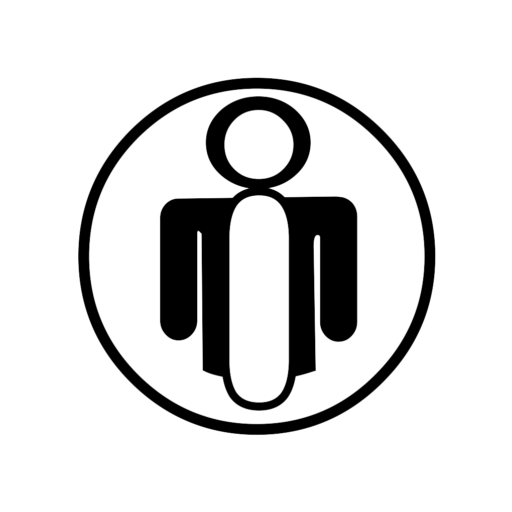How can implementing the International Organization for Standardization framework improve an organization’s ability to protect valuable information? What key elements of these standards help businesses defend against potential threats? Let’s explore how adopting these standards can strengthen overall defenses and support effective compliance practices.
Understanding the International Organization for Standardization Framework and Its Impact
The ISO framework provides a set of international standards that help organizations establish, implement, and maintain effective information protection practices. These standards, such as the International Organization for Standardization 27001, outline best practices for managing data, reducing risks, and securing sensitive information. By adopting this framework, companies can create a structured approach to data protection that aligns with global benchmarks.
Implementing these standards is not just about meeting compliance needs—it’s about building a strong foundation for protecting critical information. Organizations that follow these guidelines show their commitment to safeguarding data and gain greater trust from clients and stakeholders. This adherence not only helps protect data but also positions the organization as a trustworthy partner in business dealings.
Conducting Thorough Risk Assessments
Regular risk assessments are critical for detecting possible weaknesses in systems and processes. Understanding these risks helps organizations prioritize and address them based on their severity.
During evaluations, businesses should consider internal and external risks. Internal factors might include gaps in access management or outdated software, while external factors could involve cyberattacks or natural disasters. A detailed assessment provides the information needed to create effective strategies that protect critical assets and support ongoing business activities. Regular assessments also enable organizations to stay updated on emerging threats and adjust their security measures accordingly.
Establishing Clear Information Policies and Procedures
Creating strong policies and procedures is crucial for maintaining compliance with the standards. These documents define how an organization manages its data protection efforts, including guidelines for access management, incident response, and information handling.
Policies should cover areas like password management, encryption, and employee responsibilities. Regularly updating these policies ensures they remain relevant to current challenges and evolving threats. Well-defined procedures provide guidance and create a clear approach to managing compliance. Additionally, conducting periodic training sessions helps ensure that all employees are familiar with these policies and know how to implement them effectively.
Implementing Access Controls for Better Data Management
Restricting access to sensitive information ensures that only authorized personnel can view or modify data. Organizations can implement role-based access control (RBAC) and multi-factor authentication (MFA) to add multiple layers of protection.
RBAC assigns permissions based on job roles, preventing employees from accessing unnecessary data. MFA adds an extra step to verify user identity, reducing the chances of unauthorized access. Using these controls helps protect valuable information and prevent data breaches. Regularly reviewing and updating access controls ensures that only current employees have the appropriate access, further enhancing data security.
Insights and Monitoring for Proactive Risk Management
Continuous monitoring and gaining insights are key components of the framework. Effective monitoring involves regularly assessing systems, processes, and activities to detect potential vulnerabilities or areas of non-compliance. This approach helps identify and address weaknesses before they escalate into serious problems or security breaches.
Monitoring tools can track user activities, system performance, and access control violations, providing valuable insights. These tools generate alerts and reports based on predefined parameters, keeping organizations informed of any unusual activities. Regularly reviewing these insights allows businesses to fine-tune their strategies and implement preventive measures to stay ahead of potential issues. Additionally, using automated monitoring solutions enhances efficiency and reduces the chances of missing critical events.
Using Pre-Built Templates to Simplify Documentation
Documentation is a critical part of compliance, and pre-built templates can help organizations create comprehensive security documents quickly and efficiently. These templates offer a structured format for creating policies, risk assessments, and compliance reports that align with industry standards.
Templates can be used for drafting incident response plans, data protection policies, and employee training schedules. Using these resources saves time and ensures that all documents meet the necessary standards while maintaining consistency. Pre-built templates support a consistent approach to documentation and compliance management, reducing the risk of missing key information. Moreover, regularly updating these templates ensures that all policies and procedures stay current with the latest regulations and security best practices.
Establishing Incident Response and Management Plans
An effective incident response plan is essential for handling security events quickly and efficiently. It highlights the importance of having a documented process for identifying, addressing, and mitigating the impact of incidents.
Organizations should test and update their response plans regularly to ensure they are equipped to handle new threats. Having clear communication channels and assigning roles helps reduce confusion during an incident. A well-defined response plan ensures that businesses can recover quickly and maintain compliance.
Using Technology to Support Compliance Efforts
Technology solutions, such as compliance management software, play a significant role in meeting the requirements. These tools provide features like automated auditing, real-time monitoring, and centralized documentation management. Technology helps streamline compliance processes and ensures that data protection measures are consistently monitored and documented.
For example, automated tools can track system activities, generate audit logs, and issue alerts for suspicious behavior. Integrating these solutions into the organization’s strategies enhances efficiency and accuracy. Using technology to manage compliance efforts simplifies processes and helps organizations stay on track.
Benefits of Implementing the Framework
Adopting this framework offers several benefits for organizations seeking to enhance their data protection practices. These benefits include improved risk management, structured compliance processes, and stronger data handling measures. Following these standards helps organizations demonstrate their commitment to protecting information, gain a competitive edge, and foster trust with clients and partners.
Some key benefits include:
Better Risk Management: Identifies and addresses issues proactively.
Improved Data Protection: Establishes strong safeguards for sensitive information.
Structured Processes: Provides clear guidelines for meeting regulatory needs.
Increased Confidence: Builds trust through a commitment to protecting information.
Navigating compliance with ISO standards can significantly strengthen an organization’s security efforts and create a foundation for effective risk management. Implementing these standards, including conducting regular risk assessments, establishing access controls, and using technology solutions, enables businesses to protect critical information and meet global standards. Organizations can maintain a strong security posture and demonstrate their commitment to properly securing sensitive data by remaining in compliance with requirements.
The post Navigating ISO Compliance: How the Framework Enhances Business Security first appeared on The Yucatan Times.














